Comprehensive characterization of protein-protein interactions perturbed by disease mutations
- PMID: 33558758
- PMCID: PMC8237108
- DOI: 10.1038/s41588-020-00774-y
Comprehensive characterization of protein-protein interactions perturbed by disease mutations
Abstract
Technological and computational advances in genomics and interactomics have made it possible to identify how disease mutations perturb protein-protein interaction (PPI) networks within human cells. Here, we show that disease-associated germline variants are significantly enriched in sequences encoding PPI interfaces compared to variants identified in healthy participants from the projects 1000 Genomes and ExAC. Somatic missense mutations are also significantly enriched in PPI interfaces compared to noninterfaces in 10,861 tumor exomes. We computationally identified 470 putative oncoPPIs in a pan-cancer analysis and demonstrate that oncoPPIs are highly correlated with patient survival and drug resistance/sensitivity. We experimentally validate the network effects of 13 oncoPPIs using a systematic binary interaction assay, and also demonstrate the functional consequences of two of these on tumor cell growth. In summary, this human interactome network framework provides a powerful tool for prioritization of alleles with PPI-perturbing mutations to inform pathobiological mechanism- and genotype-based therapeutic discovery.
Conflict of interest statement
Competing interests.
J. Loscalzo is the scientific co-founder of Scipher Medicine, Inc., a start-up company that uses network medicine to identify biomarkers for disease and specific pathway targets for drug development. M. Vidal is a shareholder and scientific advisor of seqWell, Inc. and founder and scientific advisor of Gloucester Marine Genomics Institute, Inc. The other authors have declared that no relevant conflicts of interest exist.
Figures
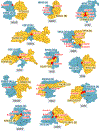


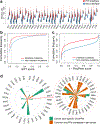
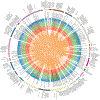
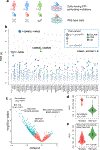

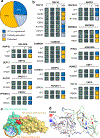

References
Publication types
MeSH terms
Substances
Grants and funding
LinkOut - more resources
Full Text Sources
Other Literature Sources
Medical
Miscellaneous

